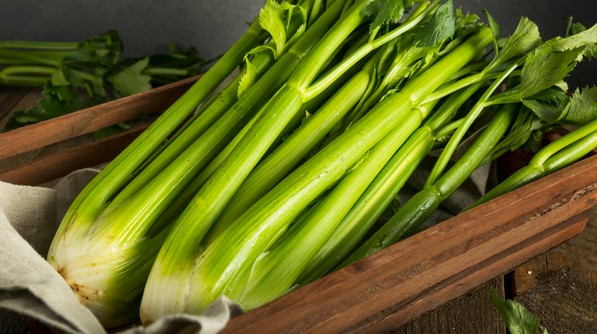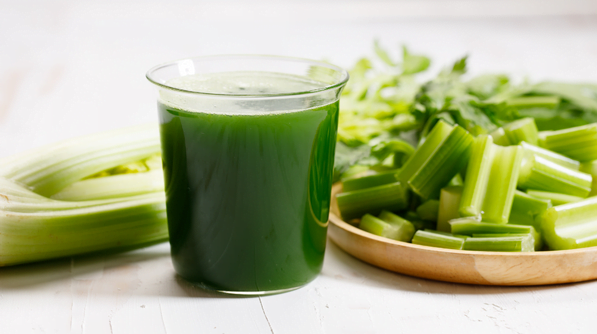Contents
show
Cauliflower:
- Envelop unlaundered cauliflower in a wet cloth or paper towel and put it in a perforated synthetic bag in the vegetable crisper drawer of the fridge; this will keep humidity.
- Cauliflower will hold in the fridge for two to four weeks.
- Deposited cauliflower gives off a powerful odor. As a dilemma to keeping cauliflower in the refrigerator, you can save it in a cold place—at just above 32°F (0°C)—such as a root cellar, basement, shed, or garage.
- Cauliflower saved below 32°F will fade, and the stem will grow void. Cauliflower stocked at low moisture levels will turn rust-colored.
- Cauliflower can be refrigerated shortly after harvest. Break the peak into 1-inch pieces and soak them for 30 minutes in a gallon of water with a tablespoon of salt appended (to kill any insects), blanch for 3 minutes, rinse, drain, and then solidify.

Celery:
- Reserve celery cool and damp, 32°-40°F (0°-4°C)—as cool as possible without icing–and 95 percent relative dampness. A cold and moist storehouse is a hurdle. A fridge is cold, but the air is dry.
- Envelop celery in a damp cloth or paper towel and place it in a perforated synthetic bag in the vegetable crisper section.
- Celery with the stalks attached will keep in the refrigerator for a few days without leaves for up to two weeks.
- If celery is collected too warm or too cold, the quality will decay, and stalks will turn yellow and pithy.
Collards:
- After garnering collard greens, rinse the leaves thoroughly to eliminate any soil clinging to the leaf’s bottom.
- Stock collard leaves for several days to a week in the refrigerator. Position leaves in a perforated plastic bag encased in a damp paper towel in the fridge’s vegetable crisper to retain leaves moist and prevent drying.
- Collard greens will stock for two to three weeks at 32° to 34°F and 90 to 95 percent moisture (moist) with some air flowing.
- You can harvest the collard plant whole and keep the leaves fresh indoors for a few weeks by placing the tubers in moist soil or sand.
- If you prepare collard greens whole, stems will become delicate.
Corn:
- Corn for a new use: For safe consumption, corn should be made as soon after gardening as possible, within an hour or two, for the best quality. Don’t separate the covers until you are ready to cook. You can collect unhusked corn in the fridge for up to a week. Most classes will keep in the refrigerator for up to one week.
- Freezing corn: Corn solidifies well after blanching. You can whiten and freeze corn either on or off the cob. For freezing or bottling, place ears in 1 gallon of boiling water and blanch for 3 minutes after the water turns to a boil: cold cobs and cut kernels from the cob at about three-fourths the base of the seed. Do not scrape the cob.
- Canning corn: Can corn using a pressure cooker. Wash jars. Prepare lids according to the manufacturer’s instructions. Can whole-kernel corn in pints or quarts. Cream-style corn must be packed in half-pint or pint jars only.
- Pickling corn: Immature ears can be pickled. Learn about keeping your veggies fresh.
Cucumber:
- Reserve cucumbers at 50°-54°F (10-12°C); a chilled locality in the kitchen is best, not warmer than 59°F. Cucumbers will turn jaundiced-looking and decay rapidly if not kept cold.
- You can cool cucumbers in the fridge’s vegetable crisper for about a week. Do not chill cucumbers below 40°F (4°C). Dip it in cold water or tidy it with a damp cloth, then place the fruit in a perforated plastic bag, preventing it from drying. (Refrigerators are dry, not humid.)
- Sliced cucumbers should be refrigerated in a bowl capped with plastic wrap to keep slices fresh and prevent dehydration.
- Cucumbers stored below 40°F will become pitted, yellow, and start to die.
- Avoid collecting cucumbers with apples or tomatoes; ethylene (a natural plant hormone released as a gas) given off by those fruits will make cucumbers yellow.




